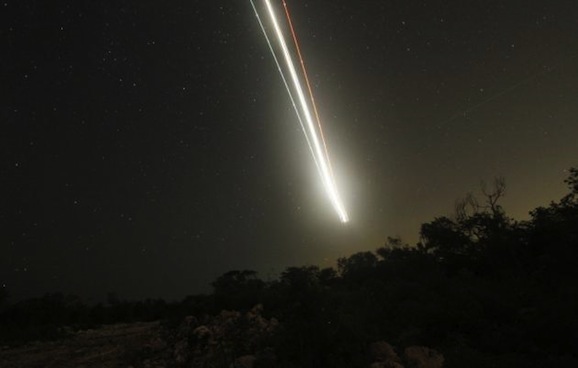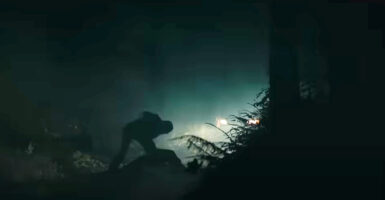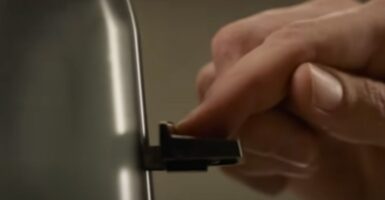Get A Good Seat For Tonight’s Perseid Meteor Shower
This article is more than 2 years old
 It’s a weekend, it’s the summer, and for most of us, the weather where we live is relatively good, or at least as good as it’s going to be. What I’m trying to say is that this is most likely a good night do so something outside. Maybe you’re lucky enough to live in a city where someone is staging an outdoor screening and sing-a-long to R. Kelly’s epic hip-hopera, Trapped in the Closet, but we’re not all that fortunate. So unless you’re one of those privileged few, you have to find other options. Luckily for all of us, Mother Nature is staging one hell of an event this weekend in the form of the Perseid meteor shower. That’s way better than whatever you were planning to do this evening.
It’s a weekend, it’s the summer, and for most of us, the weather where we live is relatively good, or at least as good as it’s going to be. What I’m trying to say is that this is most likely a good night do so something outside. Maybe you’re lucky enough to live in a city where someone is staging an outdoor screening and sing-a-long to R. Kelly’s epic hip-hopera, Trapped in the Closet, but we’re not all that fortunate. So unless you’re one of those privileged few, you have to find other options. Luckily for all of us, Mother Nature is staging one hell of an event this weekend in the form of the Perseid meteor shower. That’s way better than whatever you were planning to do this evening.
Even if you’re unable to pull up a lawn chair and check out the dazzling natural fireworks, perhaps there’s a dense cloud cover or encroaching thunderstorms in your neck of the woods, you still have options. NASA will have the event streaming live starting at 11pm to 3am EDT this evening, and tomorrow the online Slooh Space Camera—which sounds like something from a Dr. Seuss book—will stream the show starting at 7pm EDT. Or you can hang out at Space.com, which plans to host both feeds on both nights. Think of it as one-stop shopping. From what we hear, the best viewing will fall in the hours between midnight and dawn, so you might want to brew a fresh pot of coffee or stock up on Red Bull.
Stargazers should be in for quite a treat. The Perseid moniker originates because that’s where the meteors appear to be from, the constellation of Perseus. This celestial formation, in turn, takes its name from the Greek hero of old who is just so happens was born in a brilliant golden shower from heaven. These particular space pyrotechnics are renowned for their vivid brightness, a trait that derives from their speed and size. Blasting overhead at almost 134,000 miles per hour, these bad boys are roughly one-fifth of an inch across. When they hit the upper atmosphere they burn nicely, often leaving a streak across nearly one-third of the visible night sky. This particular batch of space dust arrives as a by-product of the Swift-Tuttle Comet, a ball of ice and dirt that circles the sun every 133 years, trailing a bunch of junk behind it.
For best viewing, get as far away from bright lights as you can. You’ll want to get out of the city to find an optimal setting. Also, and you probably guessed this part, clear skies are a must. Apparently there’s a rule of thumb that says if you can see all seven stars of the Big Dipper, you’re in a pretty good situation to view the meteor shower. Experts estimate as many as 70 meteors an hour during the peak times, with a dozen or so “damn” moments, the kind where you turn to your friends, perhaps a date, and say, “did you see that?”












